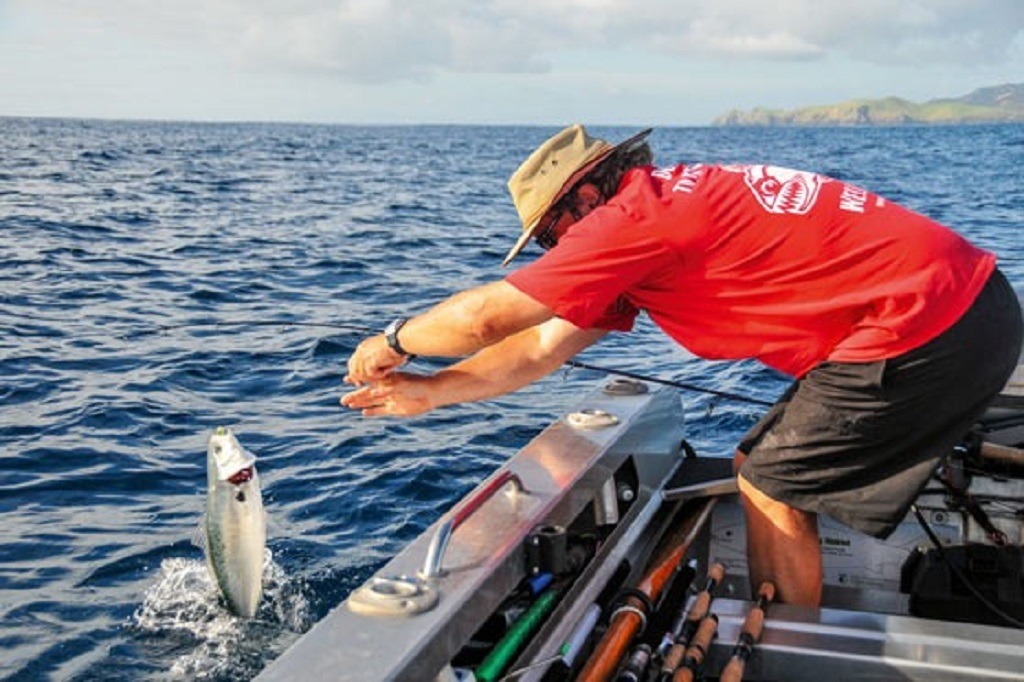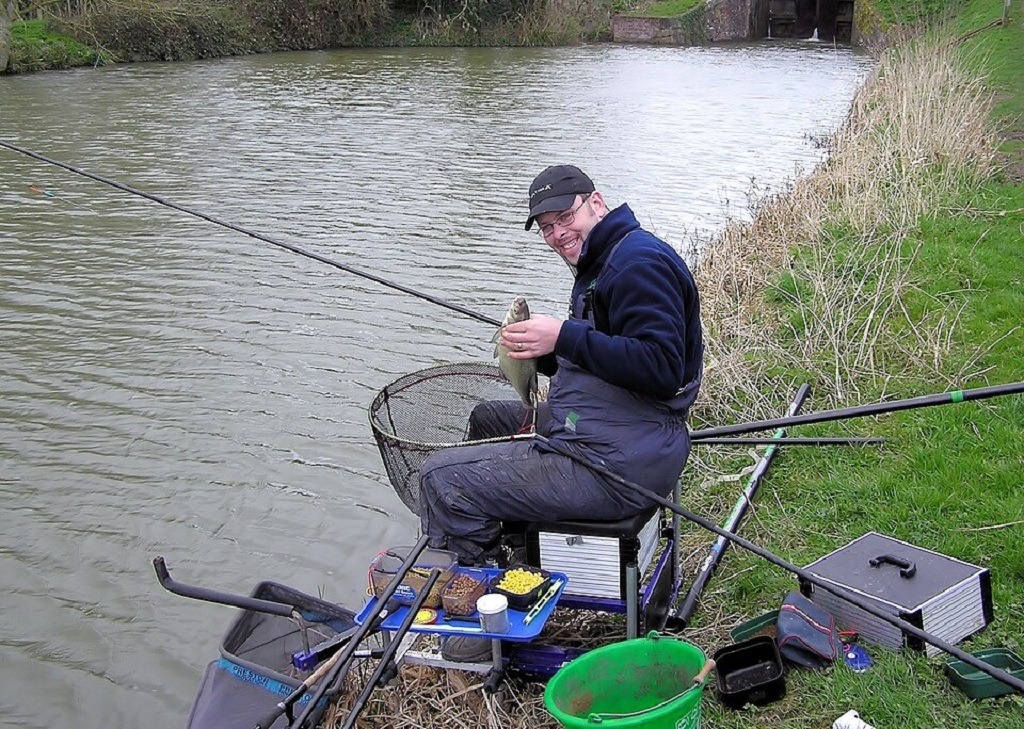Every angler faces this critical decision: Fishing Net or Gaff? When and Why to Use Each Tool for Your Catch. Selecting the right tool isn’t just about preference—it’s about increasing your success rate and preserving your equipment, your fish, and your reputation.
Understanding the Tools: Net vs. Gaff
A fishing net is typically a mesh basket with a long or short handle, designed to scoop fish out of the water. Nets come in various sizes and mesh types, including rubber-coated ones to protect fish slime.
On the other hand, a gaff is a pole with a sharp metal hook used to pierce and lift larger fish from the water. It’s favored in offshore and deep-sea fishing where fish weight and fight make nets impractical.
When to Use a Fishing Net
Using a fishing net makes sense when targeting smaller or more delicate species. In freshwater environments, anglers often pursue trout, bass, or panfish. These species benefit from the gentle handling that a net allows.
- Preservation and Catch & Release: According to the American Fisheries Society, rubber nets reduce fish mortality by up to 60% compared to traditional nylon.
- Precision: A net provides better control, especially in a kayak or tight fishing area.
- Legal Restrictions: Some fisheries require nets for handling protected or regulated species.
Additionally, nets are perfect for multi-hooked lures such as crankbaits or jerkbaits. Trying to hand-land a thrashing fish covered in treble hooks can turn dangerous fast.
When to Use a Gaff
A gaff becomes indispensable when size matters. In saltwater scenarios—think tuna, mahi-mahi, or swordfish—you need brute force. A net simply won’t cut it for a 50-pound king mackerel.
- Landing Heavy Fish: Gaffs can support much heavier fish, sometimes over 100 lbs.
- Speed: Gaffing a strong fish quickly prevents it from shaking off the hook.
- Stability: Boats rocking in waves can’t afford the finesse nets require.
Captain Dan Clyburn, a commercial angler off Florida, says, “If you don’t gaff the fish clean on the first shot, you could lose a day’s earnings.”
Still, a gaff is not suitable for catch-and-release. Once you pierce the fish, it’s game over. This method is purely for harvesting.
Comparing the Two: Fishing Scenarios
Let’s break down when to use which tool by real-life fishing examples:
- Fishing from Shore or Dock: A net wins. You’re typically catching manageable fish sizes, and releasing them is often the goal.
- Kayak Fishing: Nets are compact and easier to maneuver. Gaffs are too bulky and risky in confined space.
- Deep-Sea Charter Fishing: Gaffs are ideal. When the goal is meat in the cooler, nothing beats their efficiency.
- Night Fishing: Nets reduce chaos. Imagine trying to gaff in low light—it’s a recipe for injury.
According to a 2023 survey by Saltwater Sportsman Magazine, 78% of offshore anglers keep both tools onboard, switching depending on species and fight.
The Logic Behind the Choice
Choosing between net or gaff hinges on four main factors:
- Species Size – Larger species require the strength of a gaff.
- Fishing Technique – Troll fishing with heavy drag favors gaffing.
- Ethical Practices – Nets enable safe release, especially in tournaments.
- Storage and Safety – Nets are safer for beginners. Gaffs require skill and accuracy.
Expert Insight
Veteran angler Tom Rowley, host of ProFish Weekly, explains: “It’s not about what you carry—it’s about knowing when to use what. Miss with a gaff and it’s a lost fish. Use a net on a giant marlin and you’re wasting time.”
Why Not Just Use One Tool?
Many anglers wish for a one-size-fits-all solution. But the reality is more complex. Gaffing a small trout would destroy it. Netting a 100-pound tuna risks tearing the net—and losing the fish.
Additionally, each tool affects the fish differently:
- Gaffs pierce, making them lethal.
- Nets, if misused, can tangle hooks or damage fins, but they’re vastly gentler.
Florida Fish and Wildlife Conservation Commission advises using nets for snook, redfish, and tarpon—all species that are either catch-and-release only or tightly regulated.
Real-World Stats & Trends
In the U.S., the sport fishing industry generated $49.4 billion in 2023, per Statista. With such economic weight, ensuring responsible handling of fish becomes essential.
More than 60% of anglers under 40 prefer nets, reflecting a shift toward conservation. However, among commercial or offshore sport anglers, gaffs are still dominant due to efficiency.
These stats reveal a dual trend: inshore = net, offshore = gaff.
Read More Also: These kitchen worktop materials will last a lifetime
FAQs
Can I use a gaff in freshwater fishing?
It’s uncommon and not recommended. Most freshwater fish are smaller and often released.
What type of net is best for catch and release?
Rubberized nets reduce damage and protect fish scales and mucus.
Is a gaff legal everywhere?
No. Some states and marine zones ban gaffs for protected species. Always check local regulations.
Can I use both on one trip?
Yes, many experienced anglers carry both, switching based on target species.
What’s the biggest risk of using a gaff?
Misuse can injure you or other passengers and lose the fish. Precision is key.
How do I choose net size?
Choose based on your average target fish. A 20–30 inch hoop suits most inshore fish.
Are telescoping gaffs worth it?
Yes, for compact storage and extended reach on big boats.
Read More Also: How to clear a mud blockage in an external drain
Final Thought
Fishing success doesn’t end when the fish bites—it ends when you safely land it. Fishing net or gaff? When and why to use each tool for your catch is not just a technical choice—it’s a strategic one.
Nets are for finesse, preservation, and precision. Gaffs are for power, speed, and certainty. Carrying both tools and understanding their specific roles transforms a good angler into a great one.
Invest wisely. Know your quarry. And above all, fish responsibly—because what you land today determines what you’ll find tomorrow.







